-
Troppo Plant & Garden Articles
- Delicious Recipes
- TROPPO’s Food Forest in Te Puke, BOP (www,foodforest.org.nz)
- Troppo’s Plant Collection
- TROPPO's Nursery Directory
- Food Forests of New Zealand (www.foodforests.nz)
- Nursery Map - Plant Suppliers of NZ Directory (www.nurserymap.nz)
- Kids Garden Corner
- New Zealand Garden Bird Survey
- New Zealand Garden Groups
How do I treat toadstools/fungi in my lawn?
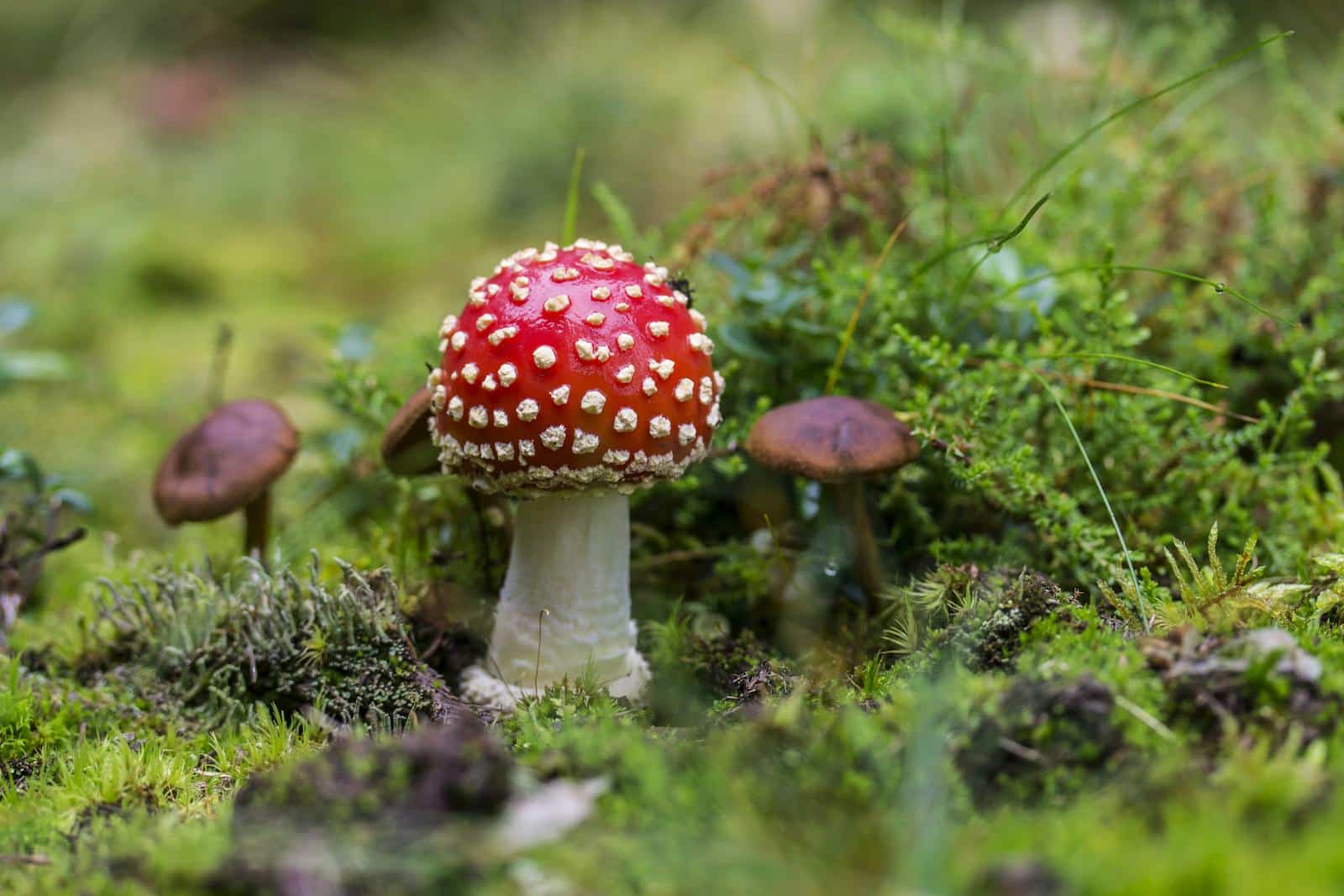
Question. Hi, fungus/toadstool growing in our lawn, how do we get rid of this without killing the lawn?
Answer. Finding fungus or toadstools growing in your lawn can be concerning, but it’s a common issue that can be managed effectively. Here are some steps to get rid of these unwanted fungi while keeping your lawn healthy and lush.
Understanding Why Fungi Grow in Lawns
Fungi and toadstools often appear in lawns due to the following conditions:
- Moisture: Excessive moisture from overwatering or poor drainage can create a favorable environment for fungi.
- Organic Matter: Decaying organic matter, such as leaves, grass clippings, or old tree roots, provides a food source for fungi.
- Shade: Shady areas with limited sunlight can be more prone to fungal growth.
Steps to Remove Fungi and Toadstools
1. Remove Organic Debris
Regularly rake and remove leaves, grass clippings, and other organic debris from your lawn. This reduces the food source for fungi and helps improve air circulation.
2. Improve Drainage
Ensure your lawn has proper drainage to prevent water from pooling. Aerate the soil to improve water penetration and reduce compaction. You can use a garden fork or a mechanical aerator to create small holes in the soil.
3. Adjust Watering Practices
Water your lawn deeply but infrequently to encourage deep root growth and prevent surface moisture. Water in the early morning to allow the grass to dry out during the day, reducing the risk of fungal growth.
4. Increase Sunlight
Trim back overhanging branches and remove any obstacles that block sunlight from reaching your lawn. Increasing sunlight exposure can help reduce moisture and inhibit fungal growth.
5. Remove Existing Fungi
Carefully remove any visible mushrooms or toadstools by hand. Wear gloves and use a bag to collect and dispose of them properly. Avoid using a lawnmower to chop them up, as this can spread spores.
6. Apply a Fungicide (Optional)
If the fungal problem persists, you may consider using a fungicide. Choose a product labeled for lawn use and follow the instructions carefully. Organic fungicides like neem oil can be effective and less harmful to the environment.
Preventive Measures
- Maintain Lawn Health: A healthy, well-maintained lawn is less susceptible to fungal infections. Regular mowing, fertilizing, and proper watering are key.
- Thatch Control: Remove excess thatch, a layer of dead grass and roots, which can retain moisture and provide a breeding ground for fungi. Use a dethatching rake or machine to keep it under control.
- Soil pH: Test your soil pH and adjust it if necessary. Most grasses prefer a slightly acidic to neutral pH (6.0-7.0). Adding lime can raise pH, while sulfur can lower it.
Conclusion
Getting rid of fungi and toadstools in your lawn involves improving drainage, adjusting watering practices, increasing sunlight exposure, and removing organic debris. If necessary, consider using a fungicide as a last resort. By maintaining a healthy lawn and taking preventive measures, you can keep fungi at bay without harming your grass.
Happy gardening, and may your lawn be healthy and fungus-free!


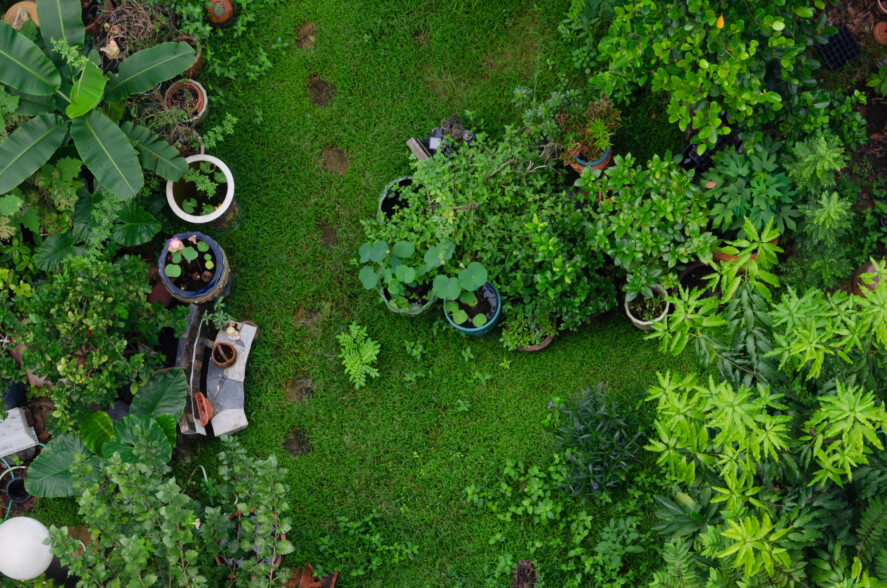

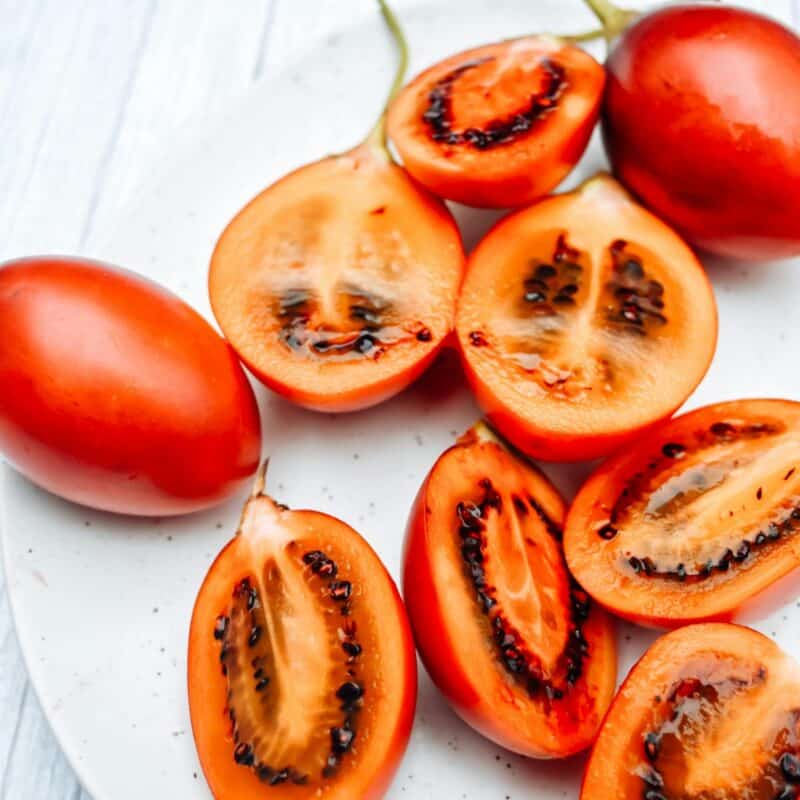

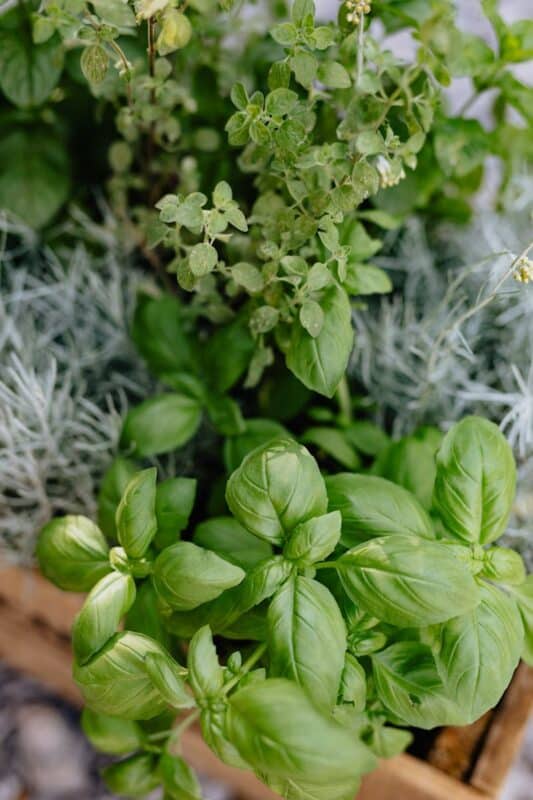
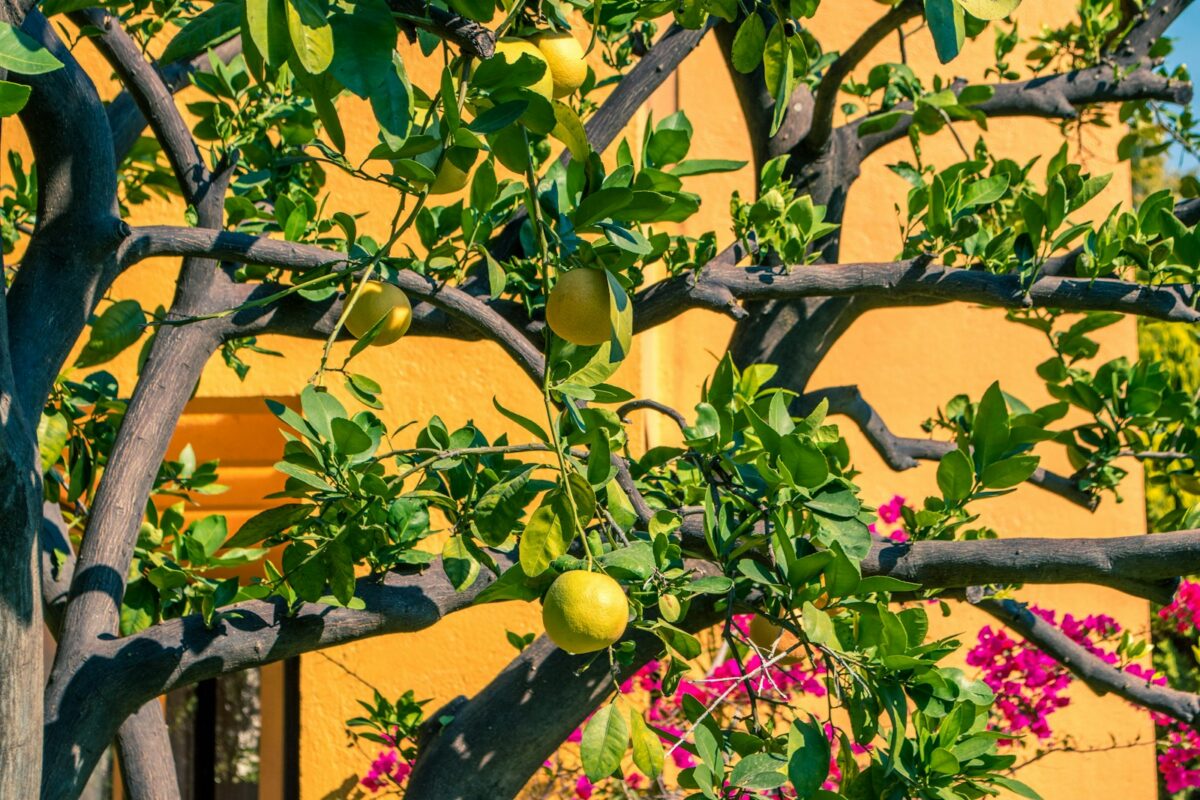

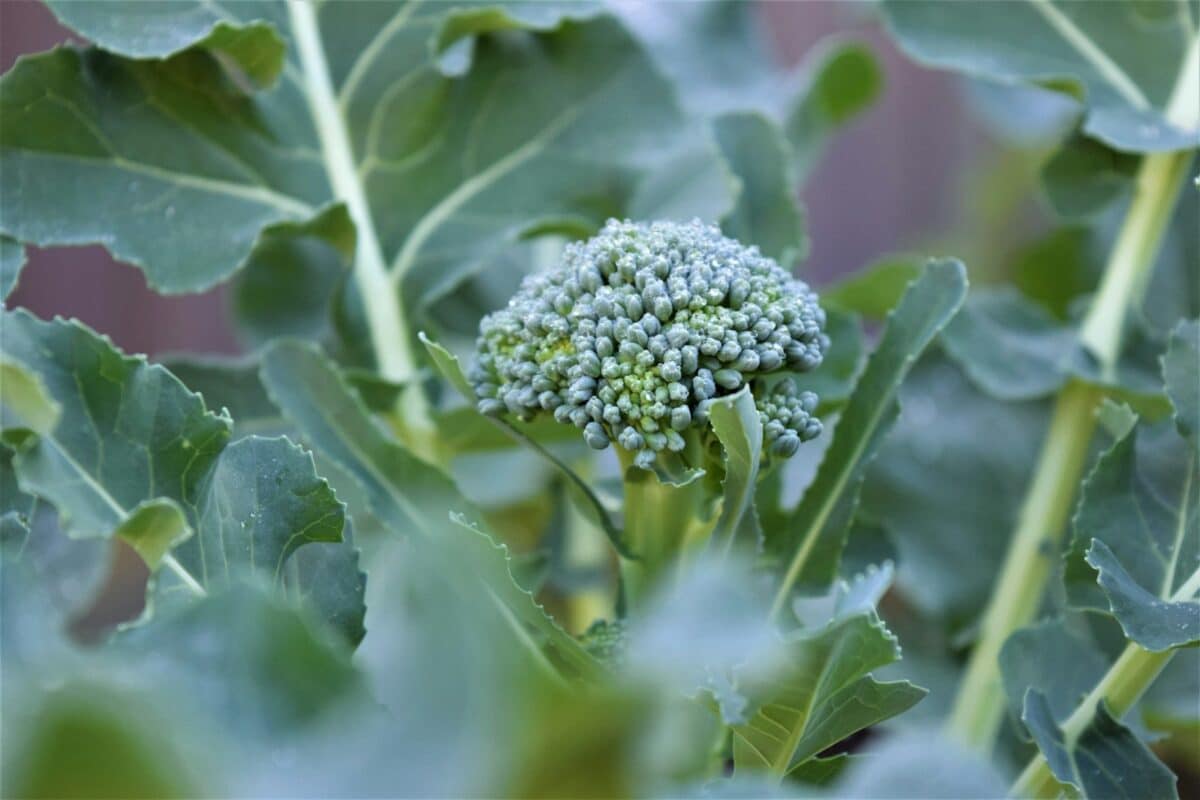
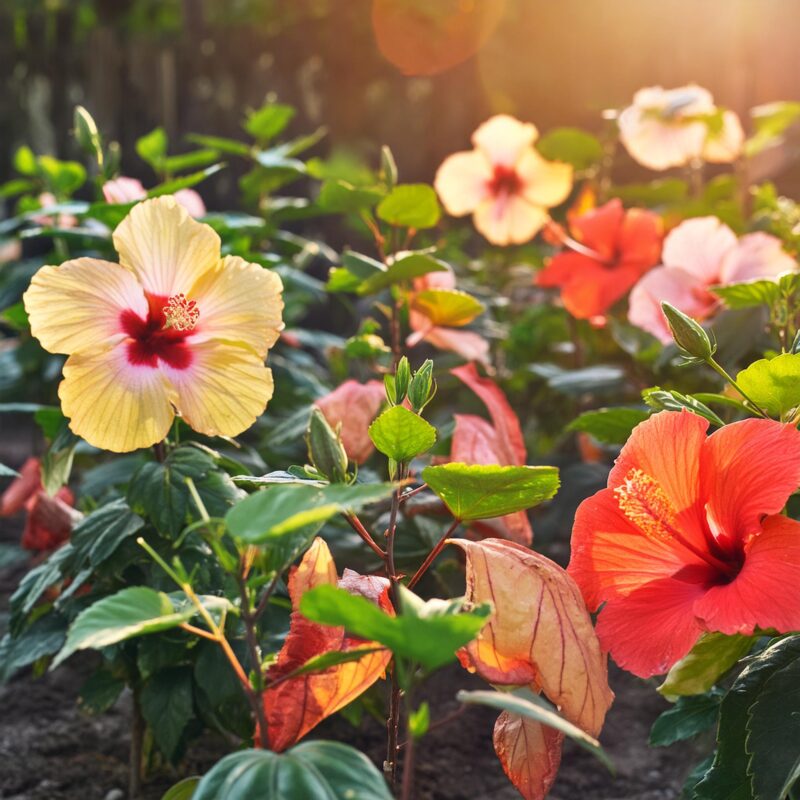




Increasing sunlight makes sense. I’ll trim back some of the branches around my lawn.
The article was very informative. I’ll look into dethatching my lawn to prevent future fungal growth.
I didn’t know that overwatering could cause fungi to grow. Time to adjust my watering routine.
Thanks for the detailed steps. I might try using an organic fungicide if things don’t improve.
These tips seem doable. I’ll start with improving the drainage and see if that helps.